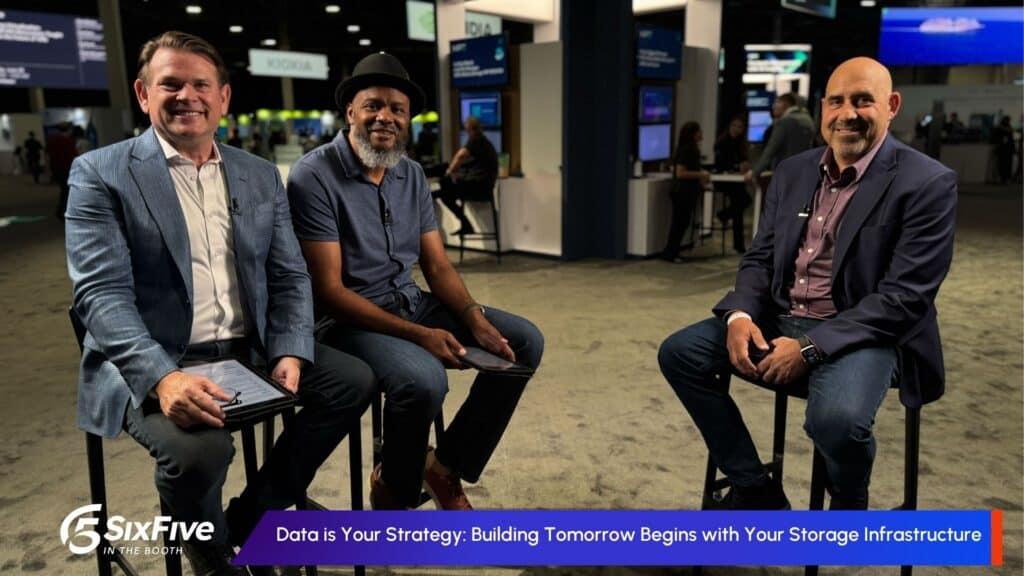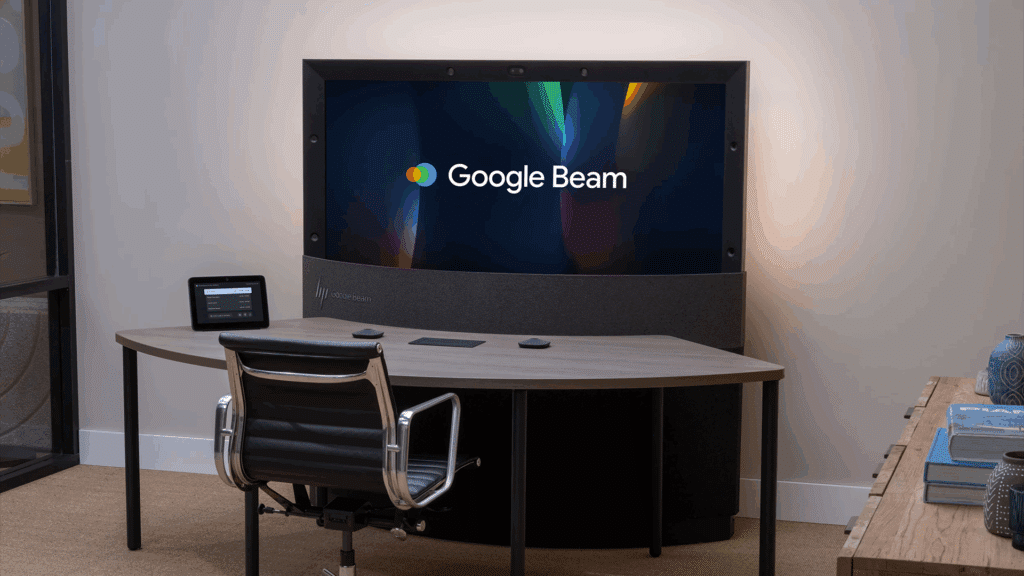The Six Five team discusses AWS re:Invent 2023.
If you are interested in watching the full episode you can check it out here.
Disclaimer: The Six Five Webcast is for information and entertainment purposes only. Over the course of this webcast, we may talk about companies that are publicly traded and we may even reference that fact and their equity share price, but please do not take anything that we say as a recommendation about what you should do with your investment dollars. We are not investment advisors and we ask that you do not treat us as such.
Transcript:
Patrick Moorhead: AWS reinvent 2023. Literally this is going to be a hard one to get through in any meaningful small amount of time. But there were semiconductors, there was serverless, a ton of storage, and a lot of generative AI. Dan, I’m going to seed the homegrown silicon view. I wanted to talk about alliances with NVIDIA. Okay? A big deal, right? So first and foremost, AWS sat on the sidelines with NVIDIA’s DGX Cloud and the two companies came together on Monday with an optimized version that uses EFA versus NVIDIA’s networking.
Daniel Newman: What is EFA Pat?
Patrick Moorhead: Elastic Fabric Adapter baby. Okay? Think of a homegrown fiber channel or low latency ethernet. That is the deal. And as we know with generative AI, it’s about the cluster performance and the amount of memory you can share together. They also agreed to do the Grace Hopper Superchip. AWS cluster capability. And that’s a big deal. And by the way, project siba, I hope I’m saying it correctly, 16,000 GH 200s. In the GH 200 it has increased memory over that. 65 exaflops and it uses the superchip and NVIDIA’s going to use it themselves. So four new instances. So yes, AWS has their own silicon, which Dan is going to talk about in addition to maybe some other stuff like Q and bedrock and guardrails, event app architecture, but they’re clearly getting or staying aligned with NVIDIA.
Daniel Newman: You’re good?
Patrick Moorhead: What else you got, Dan? We good? That’s it for me baby.
Daniel Newman: I was getting ready to send the tweet ’cause you know the show’s out. Everybody needs to know the show’s out. Listen, everybody was waiting with bated breath and yes, Jensen Huang and Adam Selipsky got on stage, shook hands, told stories, sung songs, built AI factories together and then two slides later, Adam Selipsky showed a trillion parameter highest performing, lowest power consuming Trainium two that the company is now bringing to the market. This follows the second-generation Inferentia. It also went alongside with its newest fourth generation Graviton. Not to mention its X number generation of Nitro. This company has been doing silicon, it’s going on a decade now. And look, this is a really interesting inflection for the company. AWS is a meet the customer where they are company. It will and always will. I genuinely believe this offer all variants of silicon on demand to the customers based on the types of workloads, the different performance requirements, power usage, provenance, cloud strategy.
And this year though, really the showstoppers were those two things. Graviton4 with incredible generation to generation improvements. Pat, incredible improvements. You’re talking high double-digit percentages of efficiency, increased performance metrics. And on top of that, Pat, it really is the best economics, which if you’re an AWS user and you have workloads that are favorable to an ARM environment, that’s a really, really good thing. I think the company probably didn’t lean into the sustainability aspect as much as I would’ve ’cause these are really big numbers and big improvements. And I also think the company shows its very diplomatic approach in terms of how it really does focus more on its own generational improvements than necessarily doing any sort of compares to other companies.
Patrick Moorhead: Yeah. Yeah. I think we both agree that they can make the buying process easier for customers.
Daniel Newman: They could. They could. But having said that, I think they really respect their partnerships, just to the point of you starting off talking about NVIDIA. And over time what I think happens is you see, like serverless, which isn’t really serverless, certain workloads will perform well on certain silicon and that will in time ultimately drive more and more workloads to their own silicon and this is a story to the market. This is a story to Wall Street. This is a story to investors because it adds a lot of value, a lot of margin. And remember, AWS is the number one contributor to keeping the entire Amazon running. It pays for all of it. So the company does have to think about how it’s building AWS in the platform to add a lot of value. The Trainium solution, Pat, and just a quick note ’cause I know we got a lot of topics so we got to keep this train rolling, but this is a very high performance piece of silicon and they will continue to advance.
I think they understand NVIDIA’s inherent advantages. It’s further along in software, it’s further along in certain development and certainly with developer circles, but Trainium is not being built to be a second choice. You have to be very clear. It’s being built to be able to be used as a very efficient, very price performant piece of silicon for training. And of course inference is already there. This is going to be a really interesting competitive competition to watch over time because of course NVIDIA demand will always be there. You have to be under a rock to not see how well that company’s doing. But AWS is not bowing down. And of course now with Microsoft, Google, Oracle, and every other hyperscaler on the planet, introducing their own versions of silicon, I don’t think AWS has to be quite as apologetic for it anymore either, which is going to make it even more interesting as you see them trying to compete with Microsoft, for instance, on their homegrown silicon and having to worry about talking to competition more readily. All right, Pat. I could talk for a lot longer about this, but I think we keep going.
Patrick Moorhead: Just final comment on Graviton4. It takes them to the last bastion of performance, which is scale up, which is typically the area of ERP, database, stuff like that. SAP HANA isn’t certified on Graviton4, but it is on all the other Gravitons.
Daniel Newman: Good call. Good call. I think you might’ve put that out in the ether. So it’s also-
Patrick Moorhead: I did. Check out Dan’s and my content. We’ve got a lot of videos as well. I had 75,000 people read my content about Graviton4 and I’d like to add another 10 or 20,000 to that.
Author Information
Daniel is the CEO of The Futurum Group. Living his life at the intersection of people and technology, Daniel works with the world’s largest technology brands exploring Digital Transformation and how it is influencing the enterprise.
From the leading edge of AI to global technology policy, Daniel makes the connections between business, people and tech that are required for companies to benefit most from their technology investments. Daniel is a top 5 globally ranked industry analyst and his ideas are regularly cited or shared in television appearances by CNBC, Bloomberg, Wall Street Journal and hundreds of other sites around the world.
A 7x Best-Selling Author including his most recent book “Human/Machine.” Daniel is also a Forbes and MarketWatch (Dow Jones) contributor.
An MBA and Former Graduate Adjunct Faculty, Daniel is an Austin Texas transplant after 40 years in Chicago. His speaking takes him around the world each year as he shares his vision of the role technology will play in our future.





